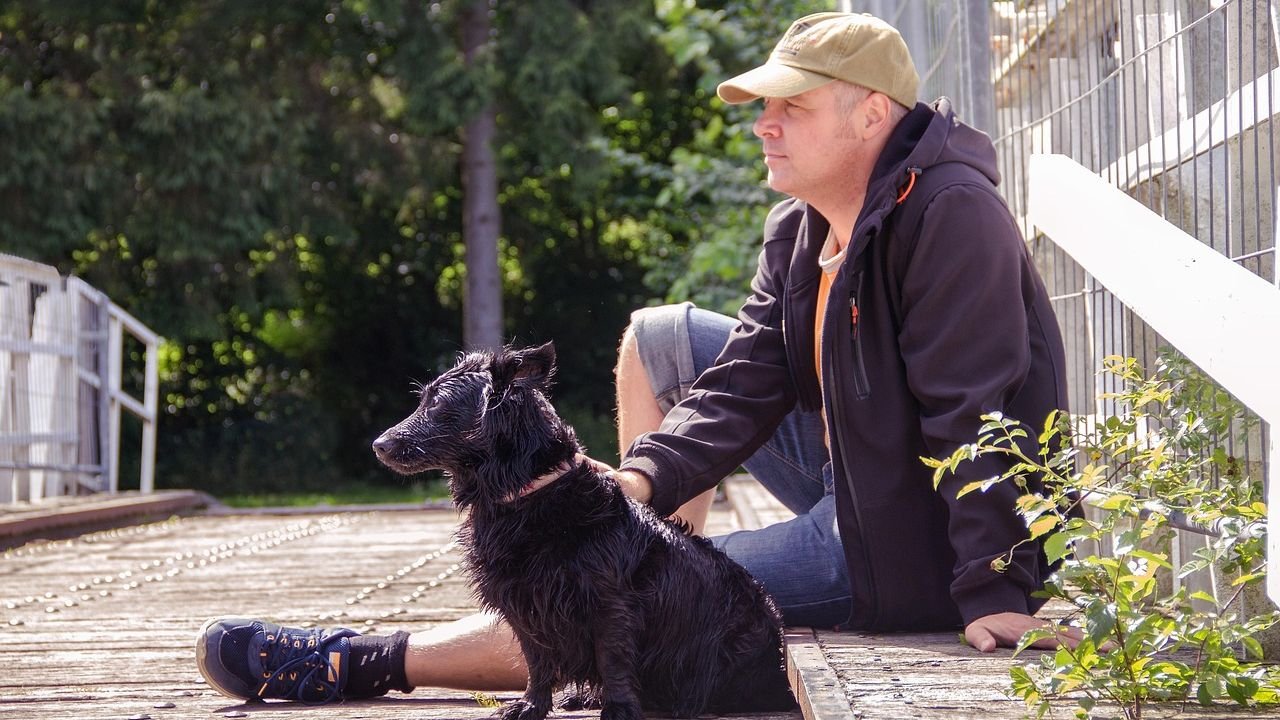Picture this: you’re getting ready for a midnight snack, and as you tiptoe toward the kitchen, you hear the familiar sound of paws padding behind you. You turn around to find your furry companion looking up at you with those expectant eyes, as if to say, “Where are we going?” Sound familiar? If your dog has become your four-legged shadow, you’re definitely not alone.
This endearing behavior is so common that experts have coined special terms for these devoted pups. Whether you call them “velcro dogs” or “shadow dogs,” the truth is that millions of pet parents worldwide share this same sweet experience. Though it might feel overwhelming at times, this behavior usually stems from deep love and trust.
The Science of Canine Attachment
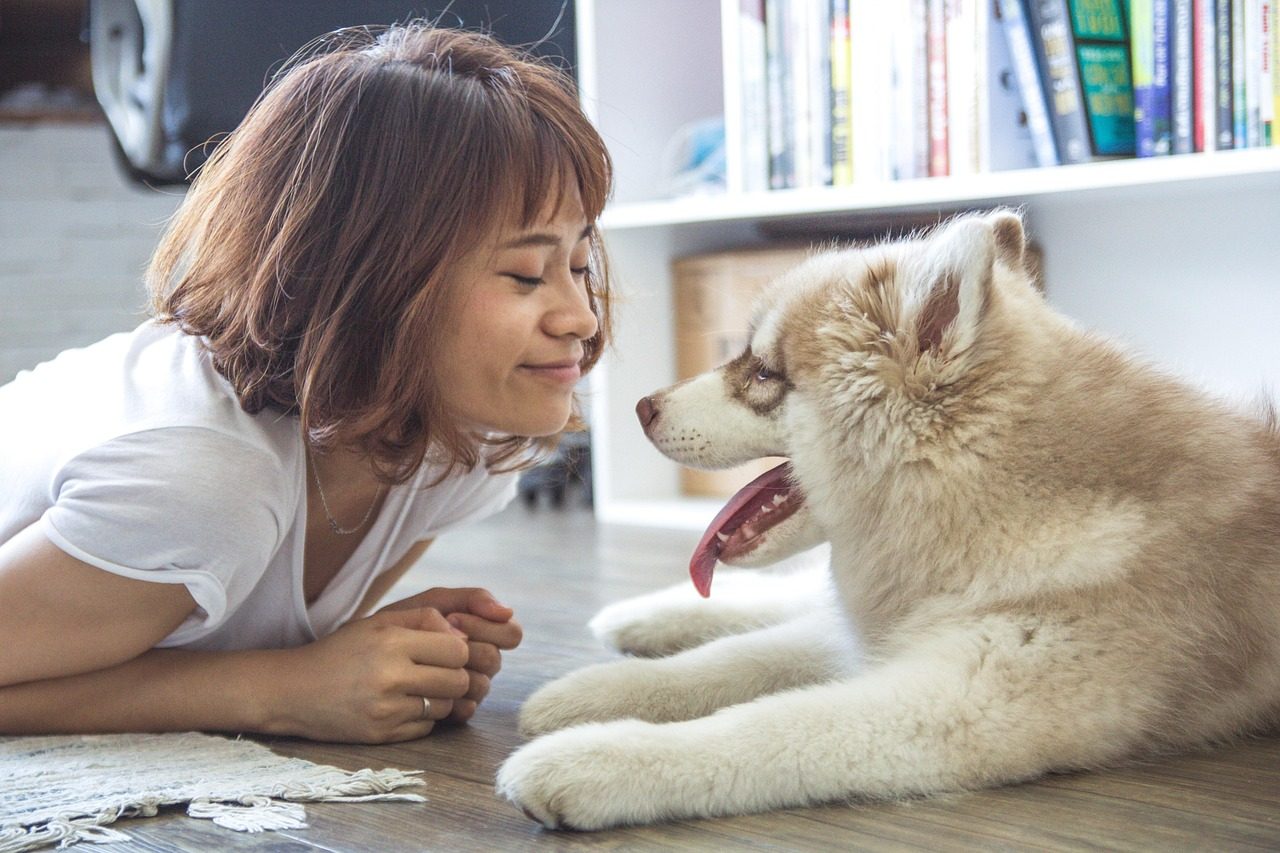
When studying brain scans of dogs exposed to certain smells, canine behavioral researchers found that the scent of a familiar human triggered the reward centers of the brain in a way that no other scent accomplished. This incredible finding shows us that your dog’s brain literally lights up with joy when they’re around you.
When dogs interact with someone they like, the hormone oxytocin is released. Oxytocin is often referred to as the ‘love hormone’ and makes you feel that warm glow when you’re around someone you like. This same chemical reaction happens in both you and your dog during those precious bonding moments.
Research suggests that the dog-owner relationship has been suggested to resemble that between a child and its parents, with dogs showing behaviors toward their owners similar to those seen in human infants and chimpanzees. Your dog genuinely views you as their most important person, which explains why they want to stick close by your side.
Pack Mentality and Social Nature
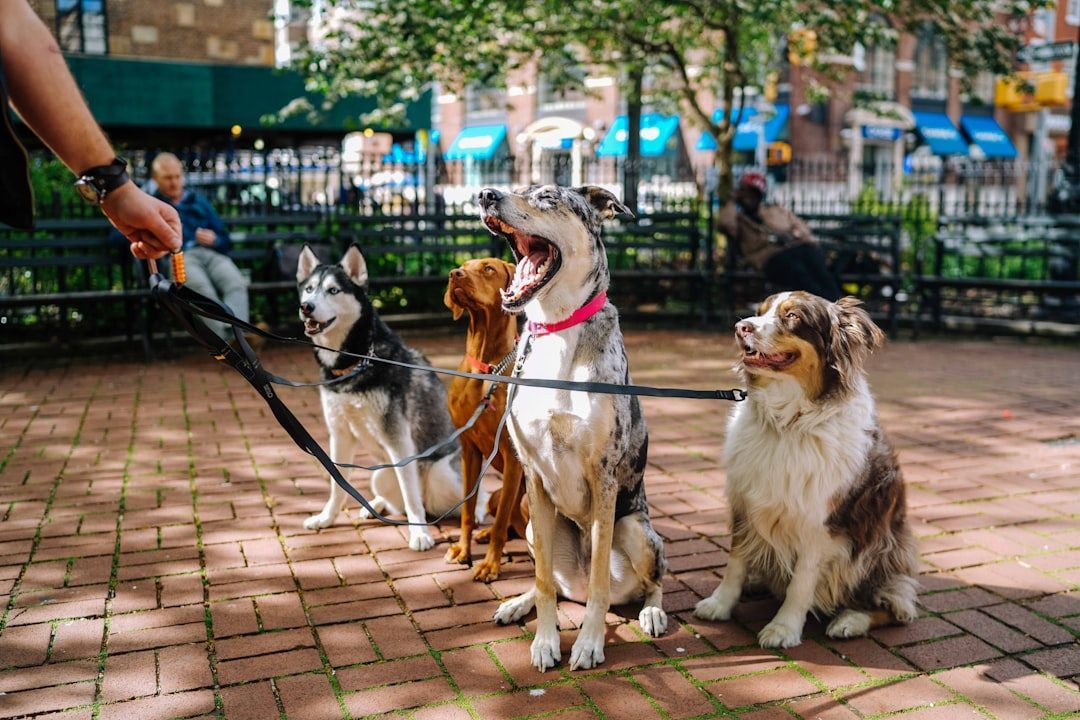
Dogs haven’t forgotten their ancestral roots, even after thousands of years of domestication. Dogs were first domesticated at least 15,000 years ago. They went from being wolves living in packs to dogs living in packs with humans. Your home has essentially become their pack, and you’re the leader they look to for guidance and security.
Dogs are social animals. Just as we enjoy their companionship, they often like ours as well. And what better way to show it than to stick close to your buddy? This natural inclination to stay together isn’t just cute behavior; it’s deeply ingrained survival instinct.
According to dog trainer Kim Wegel, dogs derive security from being around their owners – not just because we offer good things, but because we provide cues about what to do and how to respond. You’re essentially their trusted guide through the complexities of daily life.
Breed-Specific Shadow Behaviors
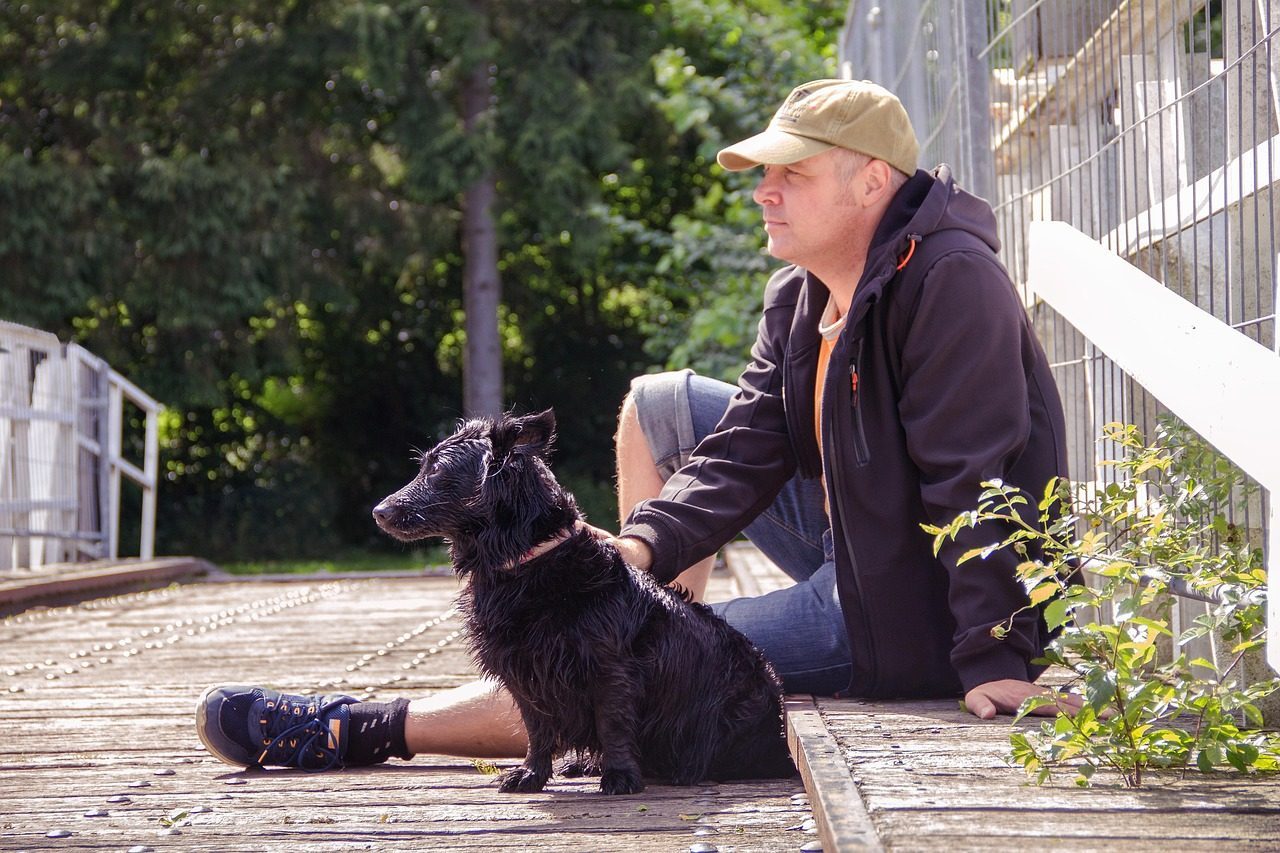
Some dogs are simply born to be shadows, and genetics play a huge role in this tendency. Wegel says some breeds are naturally inclined to stick close to their humans. “In that case, it is a direct result of selective breeding”. Certain breeds have been specifically developed to work closely with humans or serve as companions.
Breeds like Labrador Retrievers, Golden Retrievers, German Shepherds, and Cavalier King Charles Spaniels are often considered Velcro dog breeds, though individual personality varies even within these breeds. Teamwork-oriented breeds, such as Border Collies, Australian Shepherds, German Shepherds and Shelties, have a slightly increased genetic tendency to be velcro dogs due to being more inclined to form a bond with and please humans.
Working breeds and companion animals were literally bred for this type of close human partnership. Understanding your dog’s genetic background can help you appreciate whether their shadowing behavior is simply part of who they are as a breed.
Learned Behavior and Positive Reinforcement

Sometimes, your dog’s constant companionship is something you’ve accidentally trained them to do. Dogs are quick learners, so if being near you leads to treats, affection, or praise, they’ll repeat the behavior. “We may reinforce the habit of following us by providing little ‘extras’ when they do, like giving your dog a bite of cheese when you go to the refrigerator”.
Every time you smile at your furry shadow, give them a pat, or share a snack when they follow you around, you’re sending a clear message: “This behavior makes me happy!” A dog often follows his humans around because he received attention or some other form of reward in return for this behavior. If following their pet parent around leads to treats, play time, or pets, dogs will remember and perform the behavior more frequently.
This isn’t necessarily a bad thing, but it’s worth being mindful of what behaviors you’re encouraging. If the shadowing becomes excessive, you might want to reward independence instead of constant companionship.
Boredom and Attention-Seeking
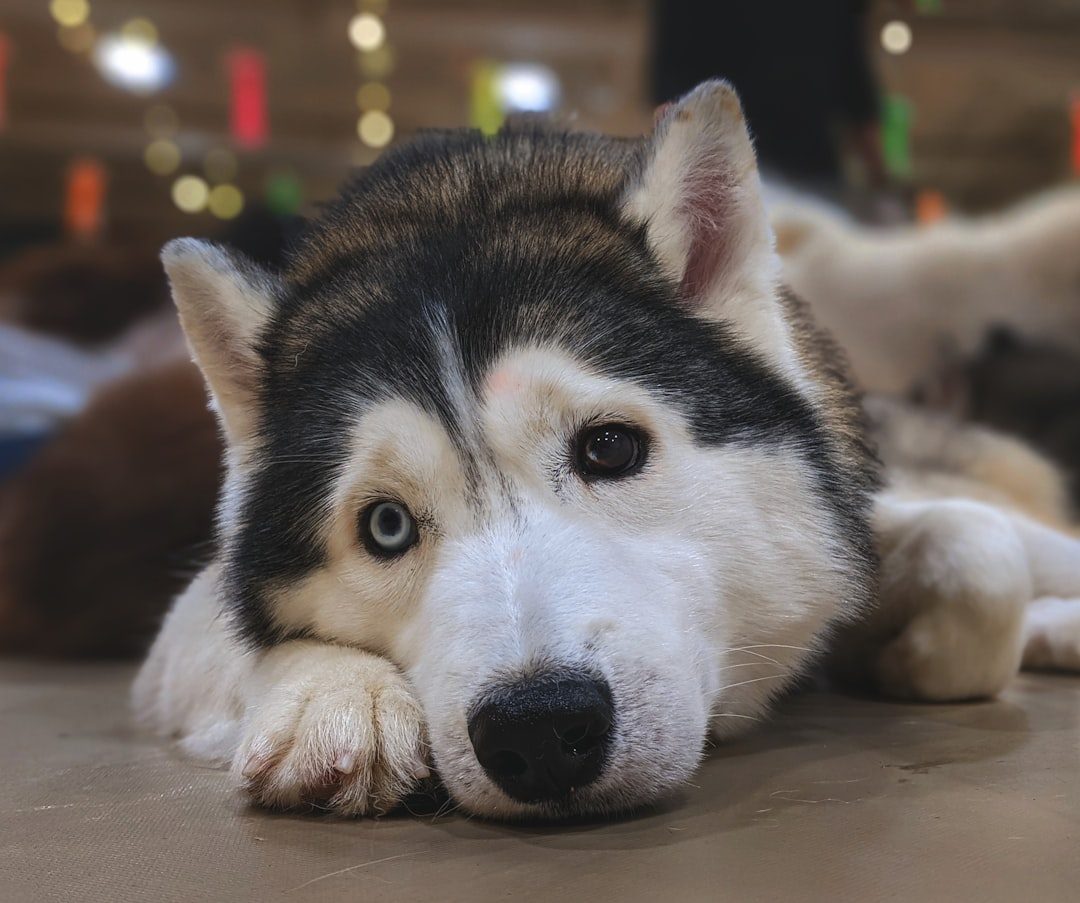
Along with not getting enough attention, boredom is another common reason why dogs follow their owners around the house. If your dog’s home alone for many hours during the day, or doesn’t have much to do in his environment (e.g., not enough toys, puzzles, scent games, or chew items), he may seek out your company as a way to make up for those long, lonely hours.
Think about it from your dog’s perspective: you’re the most interesting thing in their world! Your dog might follow you around because they’re looking for something to do. It may be a lot more interesting to see what you are up to, especially if there’s a possibility of a stroke or a treat.
You can help decrease how much your dog follows you around by making sure he receives plenty of daily exercise. A tired dog is a calm dog. Many dogs will follow their owners around due to boredom. Mental stimulation through puzzle toys, training sessions, and interactive games can also help satisfy their need for entertainment.
When Following Becomes Concerning
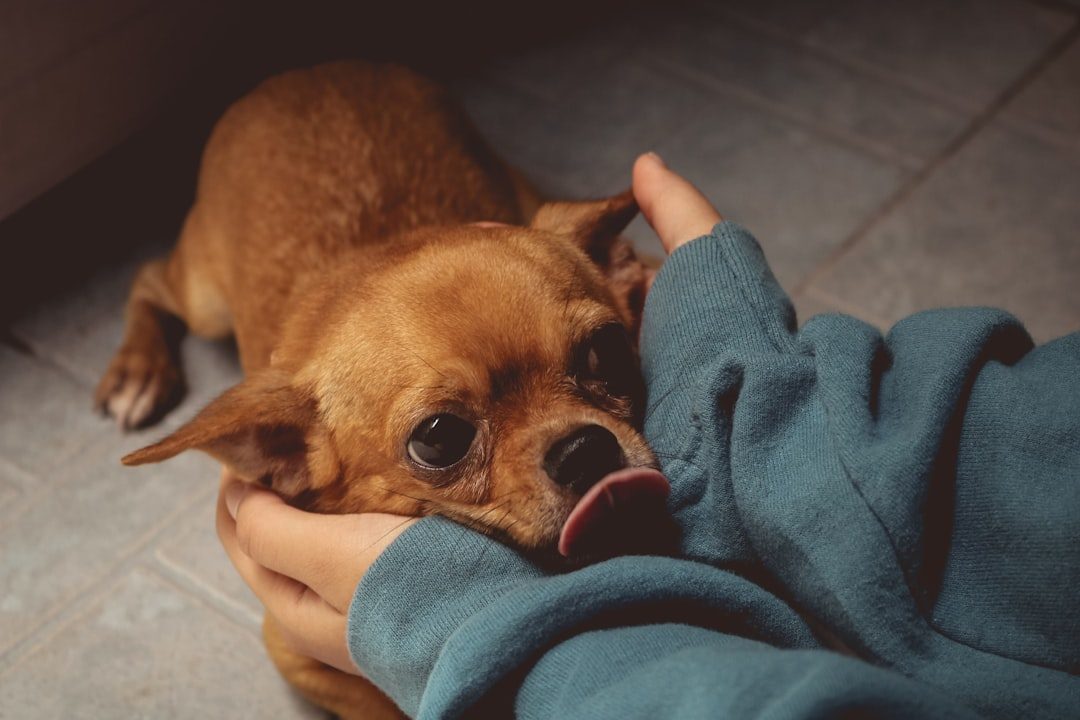
While most shadowing behavior is perfectly normal and sweet, there are times when it might signal something more serious. “A dog that suddenly becomes very clingy may be suffering from a physical ailment and keeping you in reach for comfort. A checkup by the veterinarian is a good idea if this happens”.
Medical conditions can also trigger distress. Dogs experiencing pain often do not settle well. Diseases that cause an increase in the urgency to urinate or defecate can also trigger distress, as some of these dogs cannot wait to relieve themselves. Sudden behavioral changes deserve attention from your veterinarian.
Separation anxiety is a very common behavioral disorder, with one study finding a prevalence of 17 percent in a large population of dogs. Dogs with separation anxiety tend to follow their pet parents excessively and feel frantic or they panic when left alone. If your dog becomes destructive, extremely distressed, or shows signs of panic when you leave, this goes beyond normal velcro behavior and requires professional help.
Creating Healthy Independence
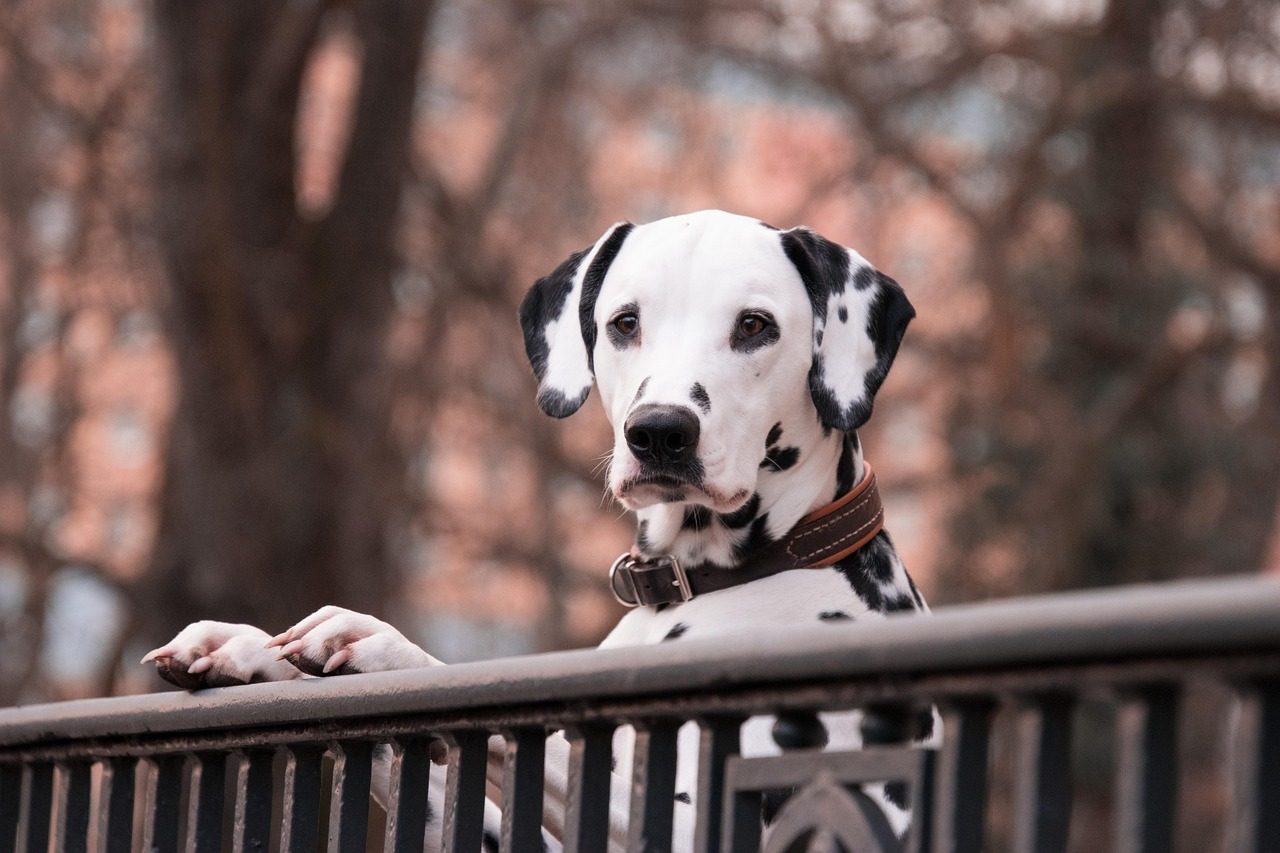
The goal isn’t to eliminate your dog’s desire to be near you, but rather to help them feel confident and secure even when you’re not available. The first step is to make sure your dog is getting plenty of exercise. A tired dog is usually a content dog and less likely to continually follow their owners.
Don’t encourage overly clingy behavior. Instead, develop independence by teaching your puppy to be on their own in another room, even when you’re at home. Teaching a solid stay is another way to battle excessive attachment. Start with very short periods and gradually increase the time.
If your dog is bored, provide plenty of food puzzles, toys, and activities near their dog bed to encourage them to spend some alone time there. If you switch your expectations and totally ignore your dog while they are following you and only pay attention or give treats once your dog has settled in another area, you will start to break the habit of trailing you to “get” something.
Your dog’s desire to follow you everywhere is ultimately a beautiful testament to the bond you share. While it might occasionally feel overwhelming when you’re trying to cook dinner or use the bathroom in peace, remember that this behavior comes from a place of pure love and trust. Your dog has chosen you as their favorite person in the whole world, and honestly, that’s pretty amazing.
The key is finding the right balance between appreciating this special connection and ensuring your dog feels confident and secure on their own. With patience, consistency, and perhaps some professional guidance when needed, you can enjoy your dog’s devoted companionship while still maintaining healthy boundaries. What do you think about your own shadow’s loyal following behavior? Tell us in the comments.

Gargi from India has a Masters in History, and a Bachelor of Education. An animal lover, she is keen on crafting stories and creating content while pursuing a career in education.

